The Mercury Cyclone was a sales failure, but did it deserve better?
In the early 1960s, Mercury was suffering from an identity crisis. After the Edsel debacle, the mid-level FoMoCo brand moved down-market for several years until it regained its footing. Around the same time, Ford instituted its “Total Performance” assault on global racing.
With the arrival of the Comet Cyclone in 1964, Mercury was on its way to having a full-fledged performance model. More like a Mustang GT in sedan drag, the Cyclone didn’t have the suds to make it in the scene until 1966, when the Comet was upgraded to midsize status. Despite good looks and being chosen to pace the Indy 500, the 335-horsepower 390 was no match for Tri-Power GTOs and solid-lifter Chevys, and Ford seemed to have trouble bringing the 427 to market to handle Hemis. The Cyclone suffered the same effects as the Mustang without the grace of being America’s most popular sporty car: FoMoCo simply didn’t “get” the performance market. Not until the introduction of the 428 Cobra Jet did Mercury have a performer truly on par with the competition.
Yet despite having the marketing support of heavyweights like “Dyno” Don Nicholson and Cale Yarborough, the Cyclone was often the least popular mid-sized muscle car in sales. Here’s a year-to-year rundown of why the Cyclone just may be the most underrated collectible muscle car on the market:
1964 Comet Cyclone
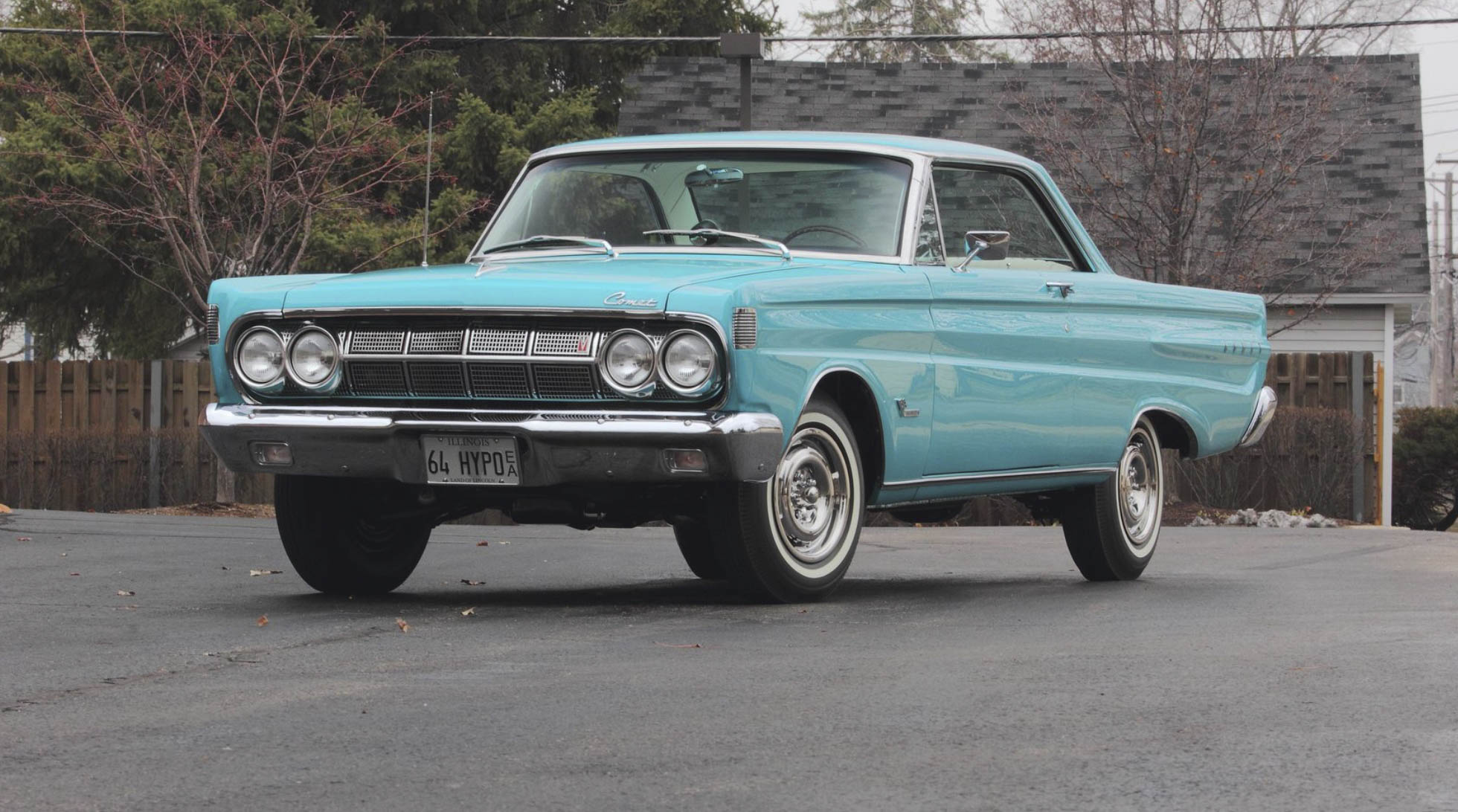
While the Cyclone was no GTO killer (remember, the compact Comet was a cousin to the Ford Falcon), it represented an auspicious start. Standard features included bucket seats, three-spoke steering wheel, consolette, tachometer, chrome wheel covers, and 210-hp Super Cyclone 289 (with engine dress-up kit), backed by an all-synchro three-speed manual. The 271-horse 289 Hi-Po was available by special-order but had few takers. By August 1964, 7454 Cyclones had been built—hardly competition to Pontiac’s 32,000 GTOs.
1965 Comet Cyclone
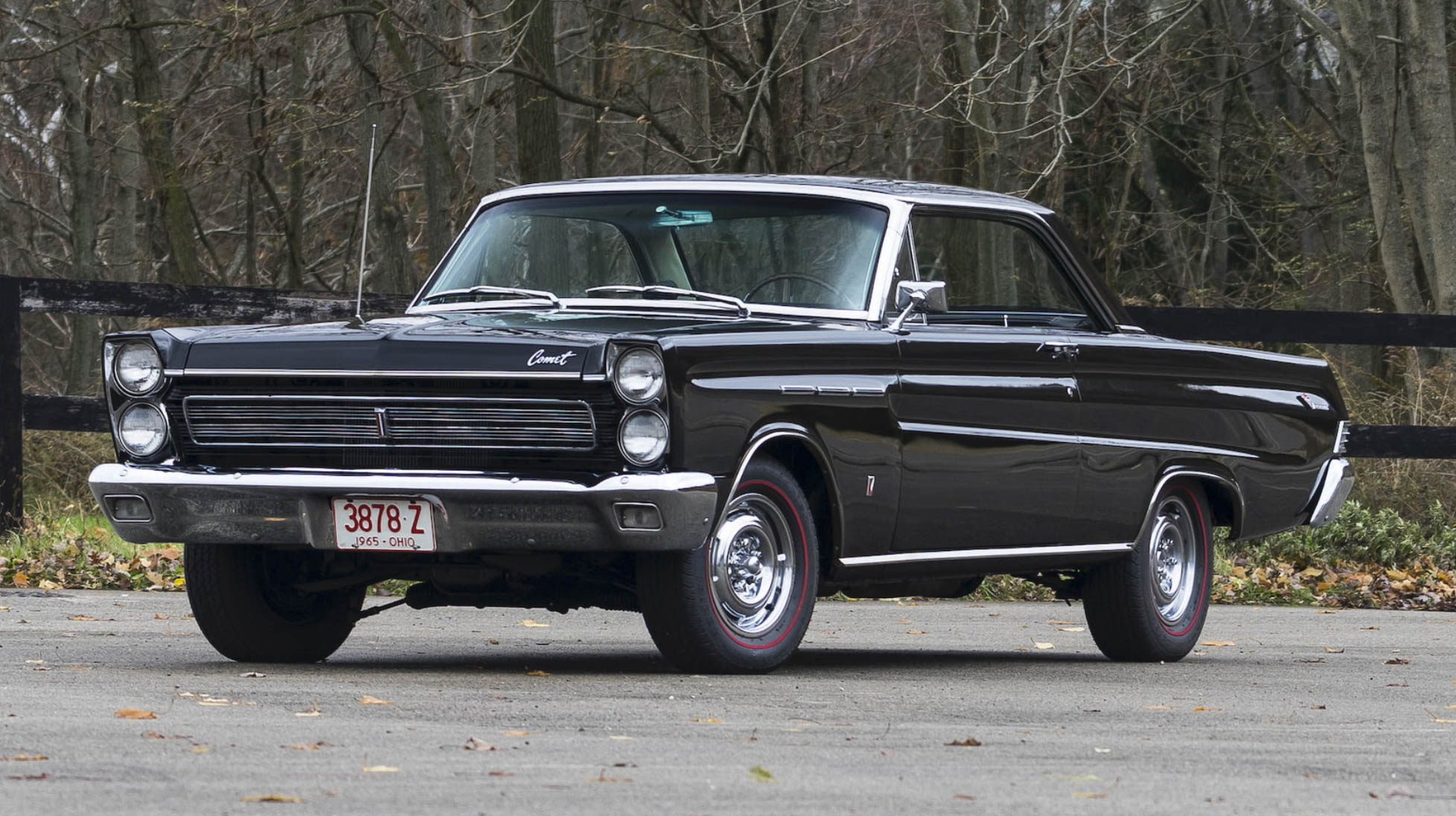
The restyled 1965 Cyclone featured squared-off lines, vertically stacked headlights, and a unique grille, but remained essentially the same car underneath. The 289 received a horsepower bump to 225, with the Hi-Po carrying on as a rare option. Standard equipment was similar to before, albeit there was a new, fiberglass hood option with non-functional scoops that arrived mid-year. A lightweight in an increasingly heavyweight market, Cyclone sales nonetheless increased to 12,347.
1966 Comet Cyclone
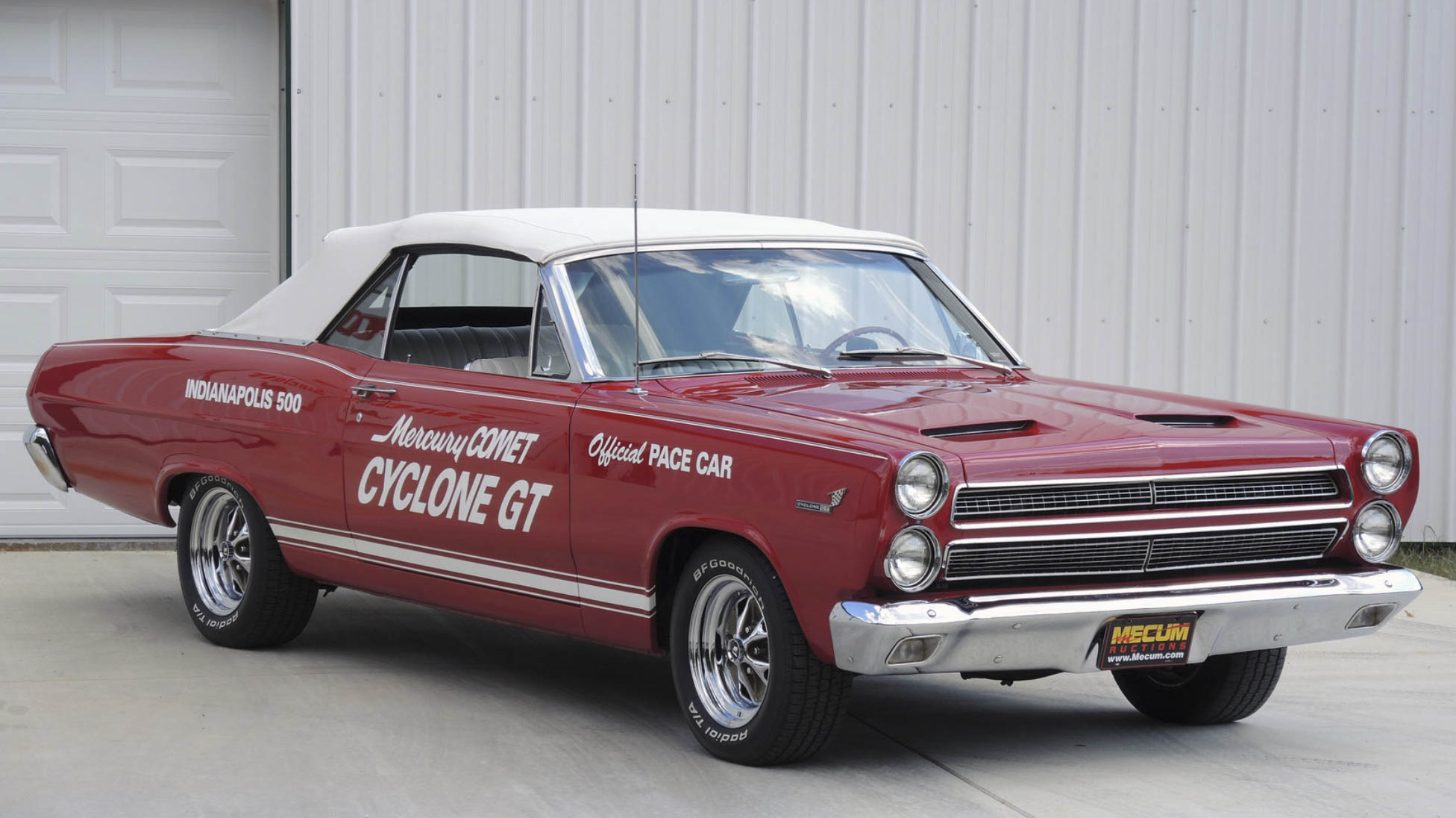
This was the year the Comet grew up. The Cyclone hardtop was joined by a new convertible plus an optional GT package. The regular Cyclone came with buckets and console with motivation from a tepid 200-hp 289, plus a 390 two-barrel as an option; Cyclone GT included a standard 335-horse, 390-cu-in V-8, three-speed manual, non-functional twin-scoop hood, handling package, and racing stripes. But unique to the GT was the optional Sport Shift Merc-O-Matic with manual control. The Cyclone achieved an all-time high of 20,701 hardtops and 3463 convertibles, but it paled in comparison to 96,944 GTOs.
1967 Cyclone

Dropping the Comet prefix, the 1967 Cyclone can easily be distinguished by its updated grille and taillights. Standard equipment was similar to the previous year’s model, although the console was now optional. In a market that was demanding more performance, the GT’s 390 was downgraded to 320 horses, although more were available with the much-anticipated 427. (Too bad only 27 were produced.) Total sales fell drastically to 6910, including 809 convertibles. In comparison, the upscale Buick GS sold 19,626 units and would continue to outsell the Cyclone throughout its existence.
1968 Cyclone
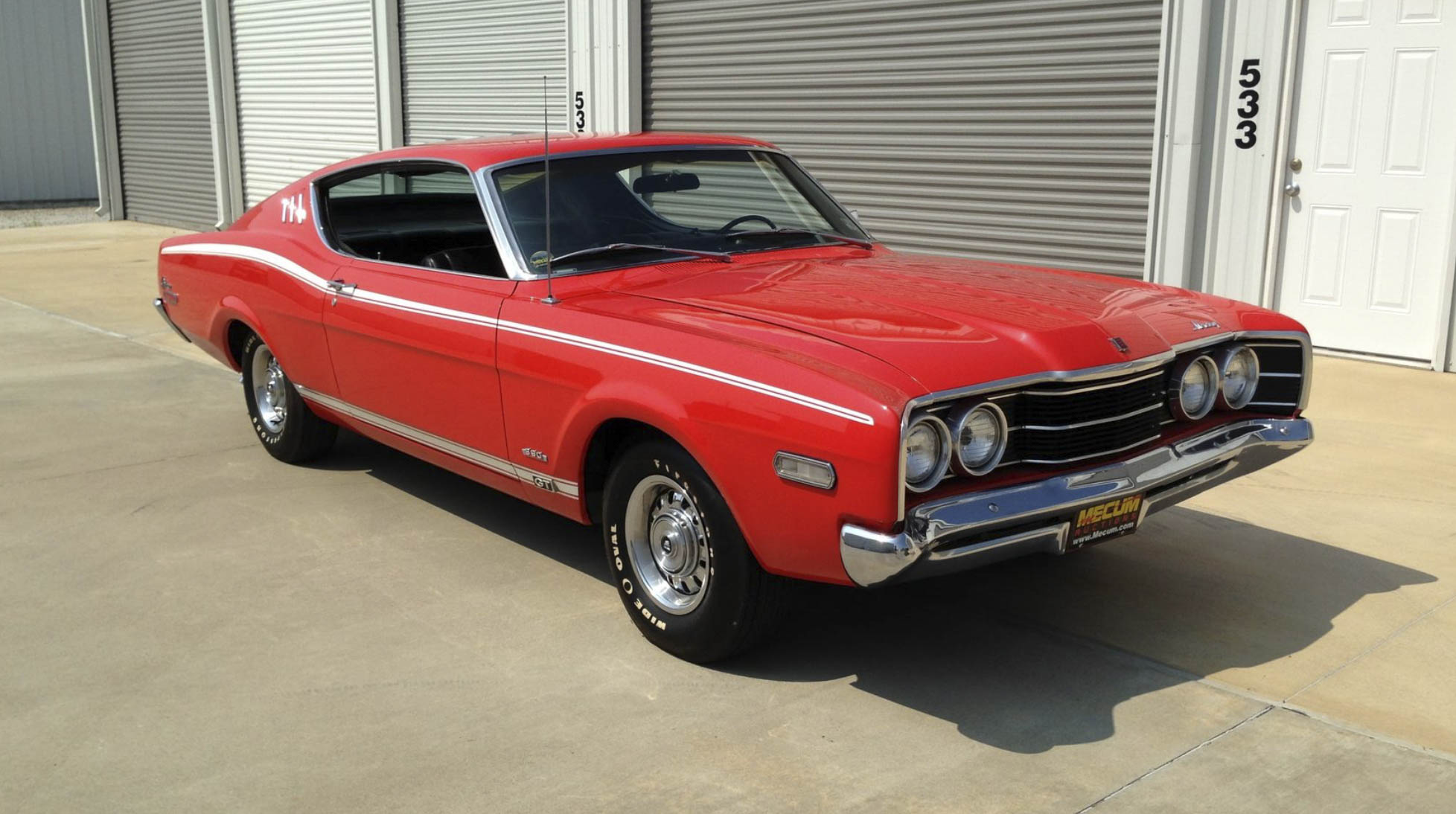
Completely redesigned for 1968, the Cyclone dropped the convertible but added a fastback. The Cyclone’s standard engine improved to a new 302 with 210 horsepower; optional were two 390s (with the four-barrel up five horses) and the new 428 Cobra Jet. The available GT Equipment Group added bucket seats, performance handling package, and upper and lower tape stripes but started with the same 302. Cale Yarborough found success in NASCAR with the Cyclone, but it didn’t translate to sales in what was a banner year for the performance market: 12,260 fastbacks and 1368 coupes were built.
1969 Cyclone

Mercury axed the Cyclone coupe for ’69, but there was a new fastback model ready for added excitement. Christened Cyclone CJ, Mercury’s response to the Plymouth Road Runner featured a standard 428 Cobra Jet. In comparison, the regular Cyclone had better interior appointments plus a selection of 302, 351, 390, or 428 CJ. A GT Appearance Group for the latter included goodies like bucket seats, racing mirrors, and more. Later in the model year, the two-tone Cyclone Spoiler package paid homage to Cale Yarborough and Dan Gurney, plus an additional NASCAR homologation special (“Spoiler II”) joined the fray. Unfortunately, those racers didn’t help the Merc’s popularity as production fell to 5882 Cyclones and 2175 Cyclone CJs, while Plymouth produced 84,420 Road Runners.
1970 Cyclone
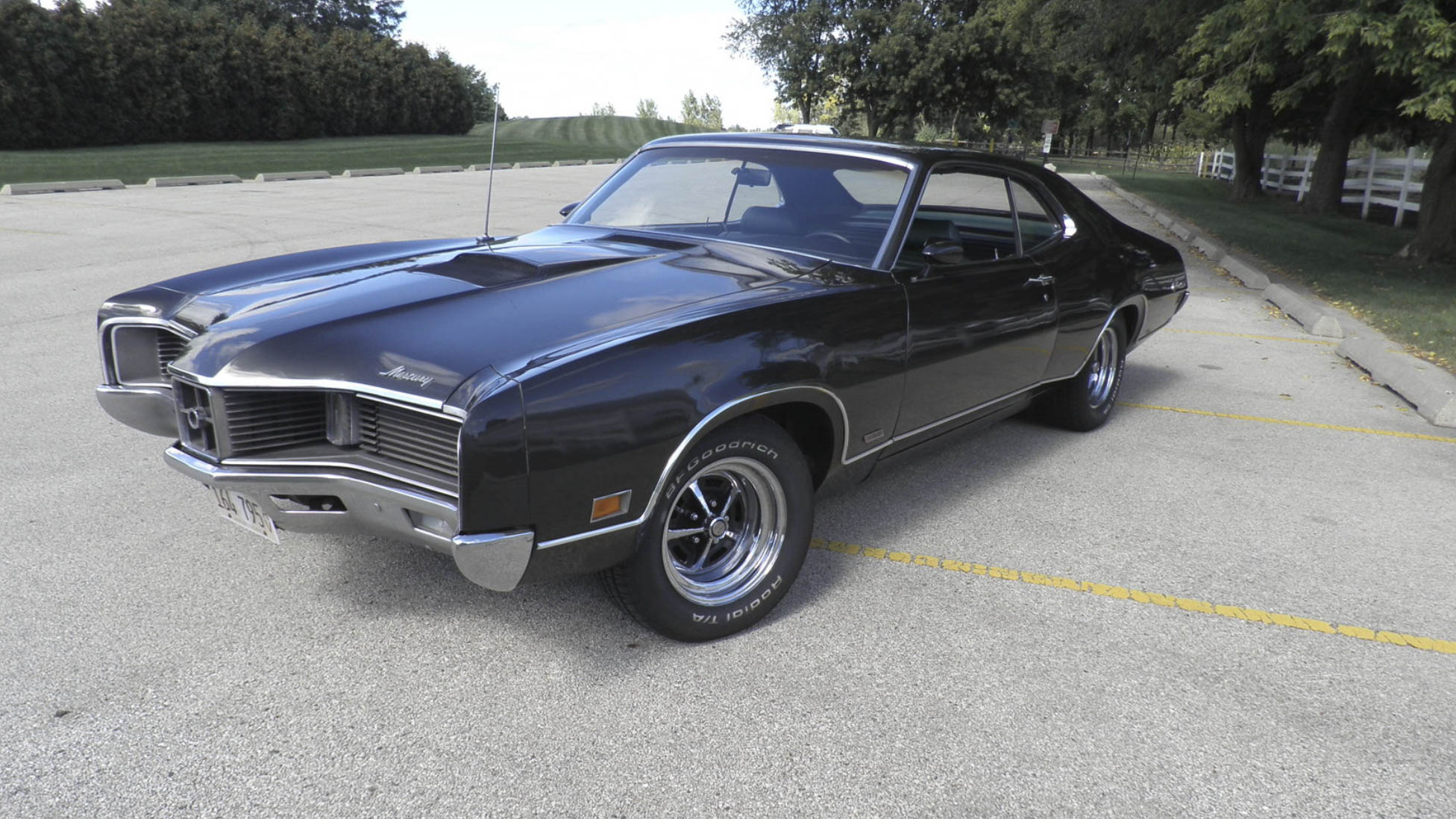
A major redesign and reshuffle shook things up in 1970; all models featured a unique “gunsight” grille. The base Cyclone played the role of the former Cyclone CJ, now available with a choice of two 429 engines: standard was the 360-hp version and the 370-horse Cobra Jet was optional. The Cyclone GT was now an official model standing on its own, not to mention the sophisticated style leader of the series thanks to trim and content. Power started with a 351-cu-in two-barrel, and options included a 300-hp 351 and the duo of 429s. The Cyclone Spoiler came loaded with the standard CJ, stripes, and spoilers, although this time without homage to NASCAR. With a transformed market open to cars with a performance look without the performance, the Cyclone GT was well-positioned, but only 10,170 GTs—plus another 1695 Cyclones and 1631 Spoilers—left the factory. Even lowly AMC sold more performance cars than the Cyclone.
1971 Cyclone

General Motors lowered compression on all its engines to run on regular fuel, but Mercury kept its chin up for one more year. The Cyclone model lineup continued unchanged, but the 351 four-barrel (down 15 horsepower from 1970) was the new standard engine for both Cyclone and Spoiler; the GT continued with the 351 two-barrel standard. Luckily, the 429 CJ continued to be optional for all. The Spoiler’s stripes were redesigned and more prominent, but the public didn’t care—final tally for 1971 was 444 Cyclones, 2287 GTs, and 353 Spoilers.

